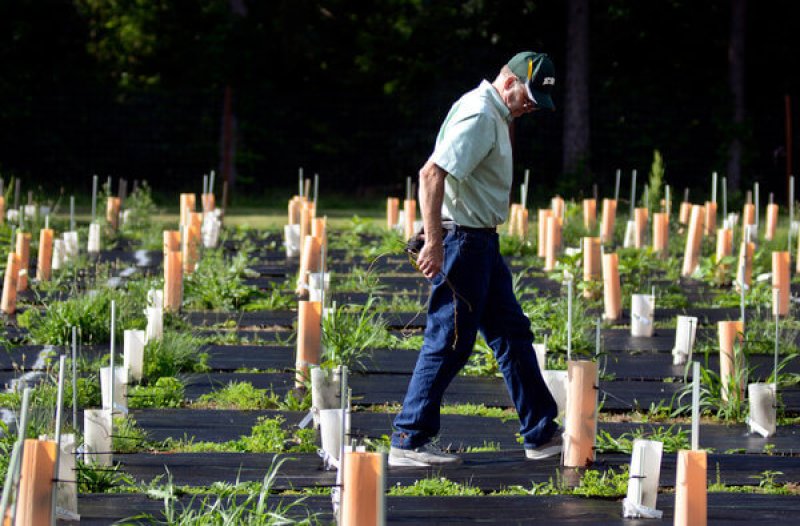A blight-tolerant American chestnut tree is the latest example of what the science community has begun to call a GRO—a genetically rescued organism. In the past century approximately four billion chestnut trees have been lost in the U.S. due to blight that spread when the Cryphonectria parasitica fungus arrived with chestnut trees imported from Asia. A once-dominant hardwood species is now rare.
Nature can be fickle, but using science to engineer solutions allows precise methods to combat natural pathogens. Some species are resistant to the fungus, and that’s why it makes sense to use transgenic tools to help the chestnut tree utilize beneficial genes from other plants—essentially vaccinating against the fungus.
The American chestnut isn’t the first plant to be snatched back from nature’s claws. Arguably the best-known example of a GRO in recent times is the rainbow papaya, engineered to be resistant to the ringspot virus that was devastating the Hawaiian Islands in the 1990s.
Read full, original article: Science Saves an Old Chestnut (Behind Paywall)































